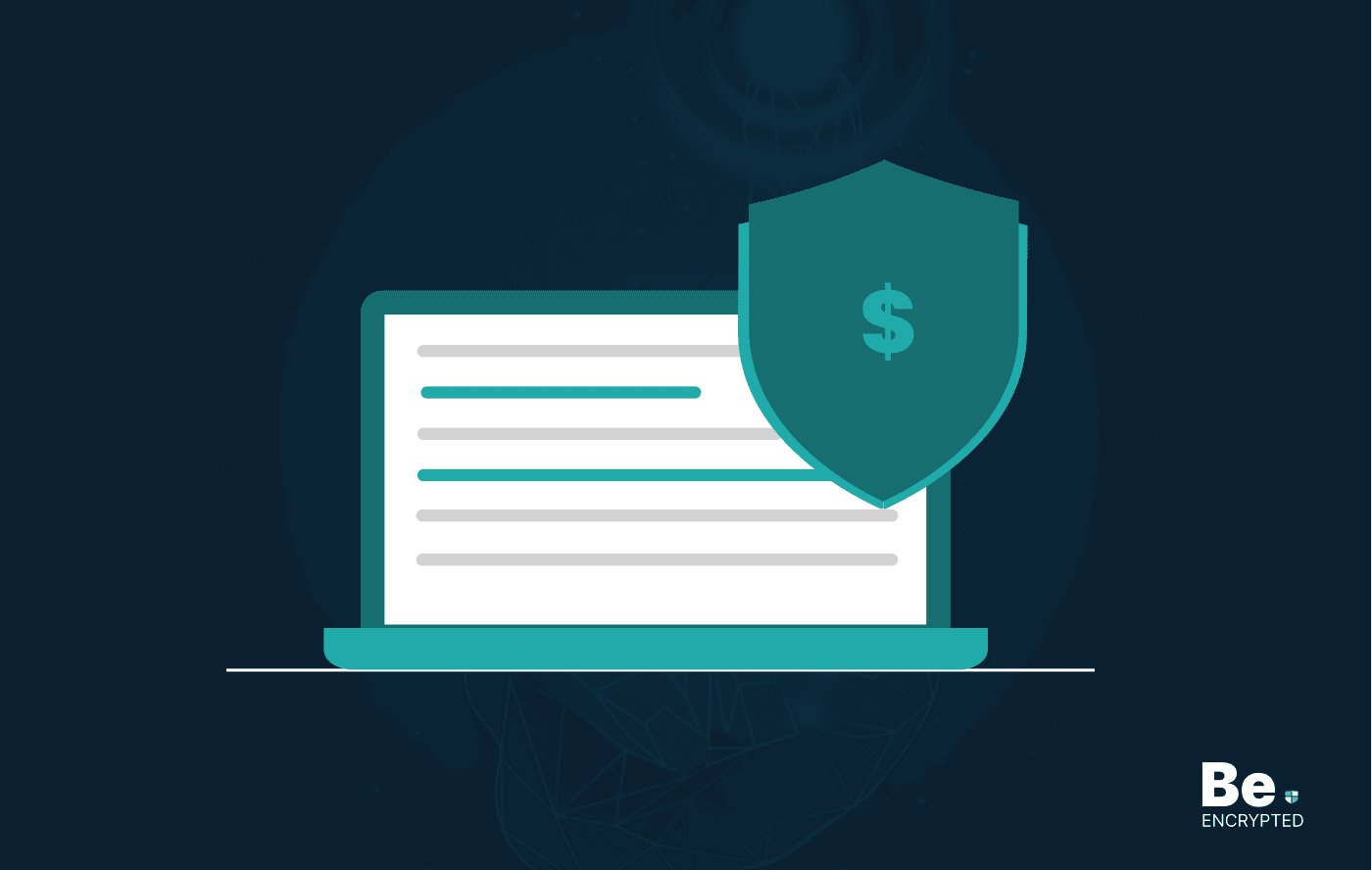With the evolution of the IoT industry, we’ll see a significant push towards better and improved security. However, there’s a lot more to look for regarding security, as IoT devices are vulnerable to cyberattacks and may result in harming multiple devices. You can follow the measures discussed in our guide to protect yourself from such attacks.
The IoT industry flourishes every day, and because of this, IoT is present all around us. Its benefits and opportunities are limitless; however, one key obstacle that hinders the widespread adoption of this innovation is security.
In 2018, Bain and Company conducted a survey and found that many enterprise and industrial respondents regarded security as the primary barrier to IoT adoption. A slight misconfiguration or poor security practices invite hackers to launch cyberattacks, data theft, and security breaches. As the IoT is a vast network of several connected devices, one compromised device can take over the entire system and cripple an organization.
Therefore, it is vital to protect the IoT from being doomed. But before we get into this debate about how to prevent it from being doomed, let’s shed some light on the issues and threats that IoT devices frequently face.
Frequent threats to the IoT
Besides security, there are other reasons for IoT getting doomed. This includes privacy, digital fatigue, and ecosystem wars. There might be some other valid reasons also, but the basic and most basic are discussed as follows:
Network hacks
These hacks usually occur when IoT devices are compromised through the network to which they are connected. Such breaches allow hackers to control and function the device as they like. For instance, the hacker may tap inside a device in an autonomous vehicle to control its driving, triggering a crash and harming a factory.
Distributed Denial of Service attacks
DDoS attacks occur when devices are forced and influenced to send multiple messages, stunning and shutting down the IoT network. Hackers use this method to control various compromised devices and establish a traffic jam, preventing necessary information from getting through to its destination.
You can also prevent DDoS attacks by using a VPN, as it protects your internet traffic and hides your actual IP address from the eyes of hackers.
Radiofrequency jamming
Like alarm security devices, various wireless IoT devices might get blocked via radio jamming, which deliberately blocks wireless communications. This process is done by buying an illegal radio frequency jammer device that can cause an IoT device to lose connectivity, restricting its ability to communicate with the network.
For example, commercial and residential alarm security systems, usually connected over cellular networks, can be jammed to enable a break-in and block the alarm sent to the security provider.
How to avoid IoT from getting doomed
To avoid all this, IT experts take the necessary steps to address security needs. The following are some of the ways to manage IoT devices and minimize the risk of IoT failure.
- Each IoT device is known to be an attack vector for ransomware attacks. In reality, IoT might be the preferred route of attacks for ransomware moving forward. For this reason, IT experts need to identify what devices are on their systems and ensure that only the entrusted and security devices can be added. Remember, you don’t want any lousy actor to connect devices to your IoT solutions that aren’t running or trusted software for any trusted user.
- Don’t manage things that you don’t know. With the increase in numbers and types of assets, the tools needed to achieve them also increase. In previous years, things have become complicated with the introduction of BYOD, IoT, and other mobile devices. But then, who is responsible for all those devices on the network that any company doesn’t own? Is IT capable of understanding which devices are accessing the corporate resources? With only access to email and business information on our phones and tablets, how can security and IT departments know which devices are secure and which are not? Well! IT teams should work with a solution that can manage all these tasks. Instead of having different solutions, searching for one comprehensive solution that allows you to discover all other devices connected to your systems is essential. Later, develop an inventory, detect patches and firmware updates, and integrate them into your system to allow for complete asset and device management.
- IoT experts must consider standard patch hygiene essential to prevent IoT from being doomed. Several organizations suffer from attacks just because of a lack of patching. The capability to update and maintain remote device software is a crucial component of proper device management. Most successful attacks use widespread vulnerabilities in some known software that software vendors have patched up. This, in other words, also means that updating your devices is very imperative.
- Ensure that you follow the principle of least privilege and provide administrative opportunities to the people who most need them. Implement the minimal level of user rights, or even the lowest clearance level, that enables users to perform their particular roles. Least privilege is also similar to this process, which is applied to applications, devices, processes, and systems that only have permission to perform an authorized activity. According to Forrester Research, up to 80% of today’s security breaches include privileged credentials. For this reason, enforcing the least privilege has emerged as a necessary element in combating security risks.
- Data breaches happen very often; thus, take immediate action. To ensure your and your business’s safety, change your password whenever a data breach has been disclosed. Moreover, enable two-factor authentication, update the admin account, and regularly install security patches.
Share this article
About the Author
Rebecca James is an IT consultant with forward thinking approach toward developing IT infrastructures of SMEs. She writes to engage with individuals and raise awareness of digital security, privacy, and better IT infrastructure.
More from Rebecca JamesRelated Posts

How to Avoid Gambling Restrictions in 2024
KEY TAKEAWAYS Gambling is prohibited in multiple countries as it is addictive, and many people go ba...

20 Best Penetration Testing Tools For Security Professionals
KEY TAKEAWAYS If you’re in a hurry, then have a look at the list of 20 best penetration testin...

The Role of Developer Security in Software Development
KEY TAKEAWAYS The revolution of DevOps has reduced the SLDC and resulted in the creation of many sof...

How To Detect Hidden Cameras And Listening Devices? A Complete Guide
Many people feel like someone is watching them or listening to their conversations. They may be righ...

What is Virtual Firewall and How it Helps Us in 2024?
Scientists and technicians are trying to invent the latest technology protection to create barriers ...

10 Ways to Prevent Ransomware Attacks
KEY TAKEAWAYS Ransomware attacks are growing frequently and affecting every sector of the business i...


